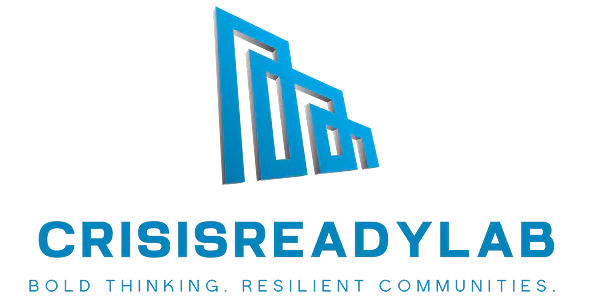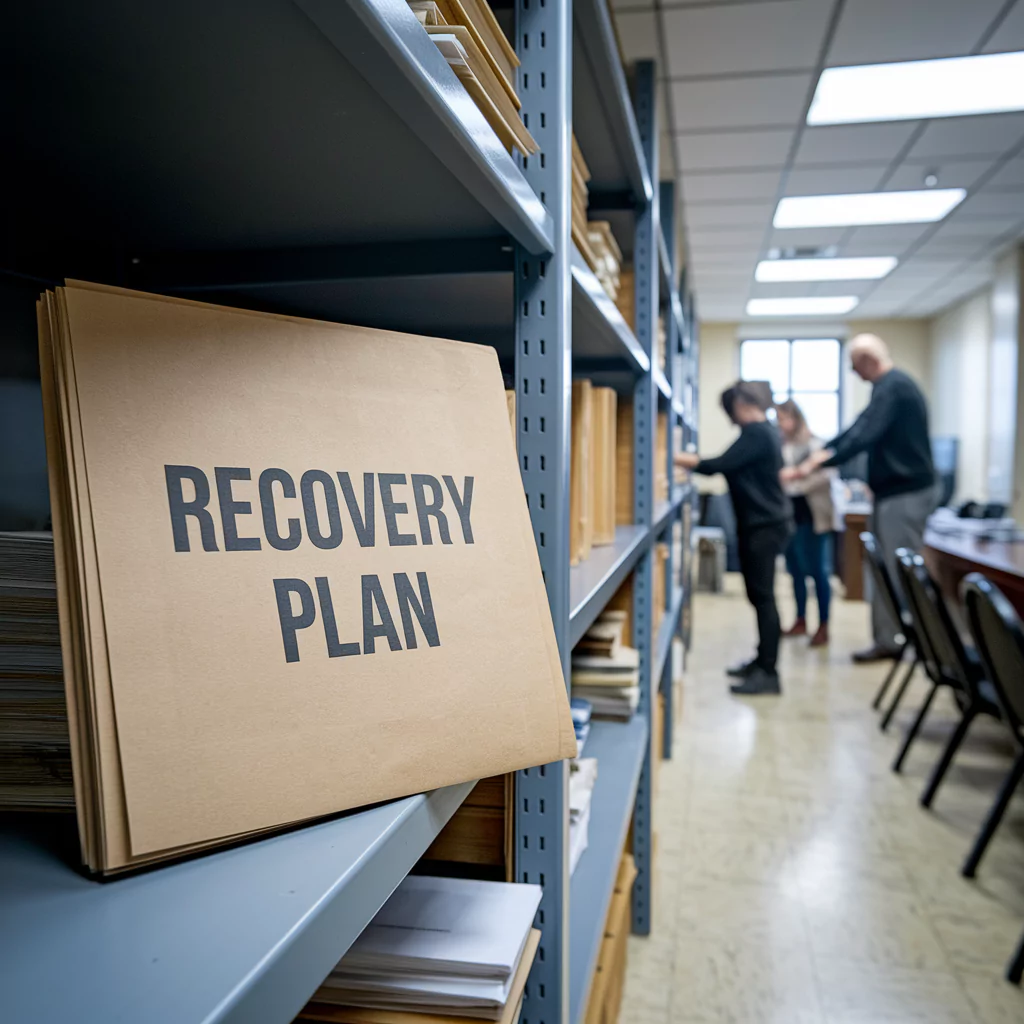Recovery Isn’t About a Plan. It’s About a System.
Every community affected by disaster ends up with a plan.
Some have a dozen.
They’re well-intentioned, often expensive, full of good ideas—and rarely implemented.
That’s not because the people involved didn’t care.
It’s because the plan was never the problem.
The system to implement the plan was missing.
And if there’s one truth every recovery leader needs to understand early on, it’s this:
Recovery isn’t about a plan. It’s about a system.
The Planning Trap
Right after a disaster, there’s usually a rush to get organized.
Leaders ask for a roadmap. Elected officials call for a strategy. Funders want to see “the plan.”
So a planning process begins:
Community meetings are held
Consultants are hired
Goals are drafted
A glossy report is produced
And then… nothing really changes.
Because the plan can’t execute itself.
And there’s no structure in place to carry it forward.
We’ve seen it over and over: a recovery plan gets released, it sits on a shelf, and everyone quietly reverts to crisis management mode. Not because they don’t care—but because they don’t have the staff, tools, or authority to act on what’s written.
What’s Missing? The Operating System
Recovery is not a static document. It’s a dynamic system made up of:
People with clearly defined roles
A structure that connects them
Routines and tools for coordination
The ability to make decisions, track progress, and adjust in real time
This is your operating system. And without it, even the best plan will fail.
A strategy tells you where you want to go.
A system is how you actually get there.
You need both. But the system has to come first—or at least alongside.
How This Plays Out in Real Life
Let’s say your recovery plan identifies housing as the number one priority. Great.
The plan says you’ll stand up a rebuild program, coordinate permitting, launch a down payment assistance initiative, and support interim housing needs.
But then:
There’s no staff to design or manage those programs
Permitting is overwhelmed and operating separately
No one’s tracking funding timelines across agencies
Communications are ad hoc, and nobody’s sure who to call
So even though the plan says “rebuild housing”—there’s no operational muscle to actually do it.
That’s not a housing problem. That’s a systems problem.
What a Recovery System Actually Looks Like
A recovery system isn’t complicated. But it has to be intentional. It includes:
- A Coordination Structure
Who’s responsible for what? How are decisions made? Where do issues go when there’s no clear owner? - An Operating Rhythm
Weekly check-ins, issue tracking, workstreams that feed into one another—your team needs a tempo to operate in, or everything defaults to chaos. - Capacity That Matches the Workload
Plans often assume more implementation capacity than actually exists. Recovery systems are built with real-world staffing needs in mind, and adjust over time. - Integration Across Sectors
Public agencies, nonprofits, and funders must operate in the same orbit—not in isolation. Recovery systems connect these dots with shared tools and visibility. - Flexibility for the Long Haul
Your system needs to hold steady for years, not weeks. That means it can’t be built on crisis-mode adrenaline—it has to evolve into long-term infrastructure.
Why “Planning First” Keeps Failing
There’s nothing wrong with planning.
But when you put planning ahead of structure, you run into predictable problems:
The plan becomes too ambitious for what’s actually possible
You assign work to roles that don’t exist yet
You imagine coordination that hasn’t been set up
You lose momentum trying to bridge the gap between vision and execution
Planning without a system isn’t leadership—it’s speculation.
And in a disaster context, speculation burns time you don’t have.
How to Reframe Recovery: Structure Before Strategy
Here’s a better sequence:
Stand up a structure. Even a small recovery coordination team is better than none.
Map out who’s doing what already. Don’t start from scratch—start from what’s happening and layer on coordination.
Get visibility on capacity gaps. Where are your staffing bottlenecks? What’s falling through the cracks?
Create a shared picture of needs. Recovery systems are built around what’s real, not just what’s assumed.
Then start layering in strategy. Use your structure to draft a plan that’s implementable, based in current capacity, and easy to revise as recovery evolves.
What Happens When You Build the System First
Communities that focus on systems, not just plans, get further. Why?
Because the system:
Survives staff turnover
Adapts to changing needs
Brings in partners without losing clarity
Turns funding into outcomes
Makes planning a continuous process—not a one-time product
With a real recovery system in place, you can revise your strategy a dozen times—and still keep moving.
Without it, the most beautiful plan in the world won’t make it past the press release.
Final Thought: Paper Doesn’t Rebuild Communities. People Do.
Plans don’t coordinate meetings.
Plans don’t staff programs.
Plans don’t return phone calls or track progress or rebuild trust.
People do.
And they need a system to work within.
If you’re starting recovery, or you’re stuck in the middle of it, ask this question:
Do we have a system—or just a plan?
If it’s just a plan, now’s the time to fix that.
Want to go deeper?
Explore our full training catalog for lessons and tools that help you build the systems recovery actually depends on—before, during, and after the plan.


